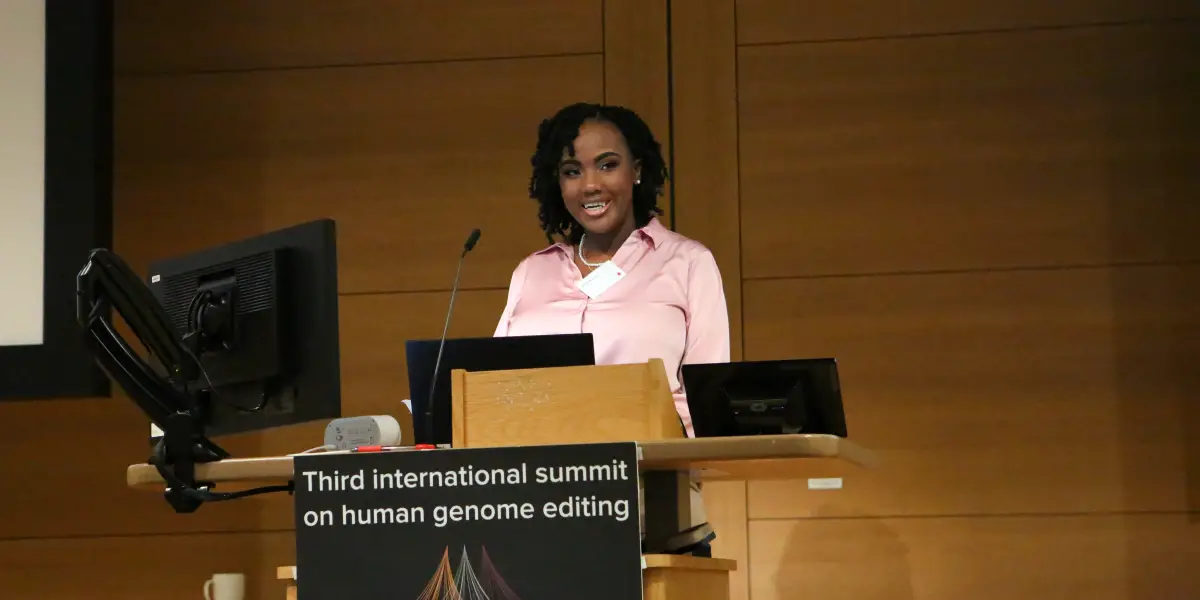I watched scientists, ethicists, patient advocacy groups, and others wrestle with these topics at the Third International Summit on Human Genome Editing in London earlier this week.
There’s plenty to get excited about when it comes to gene editing. In the decade since scientists found they could use CRISPR to edit cell genomes, multiple clinical trials have sprung up to test the technology’s use for serious diseases. CRISPR has already been used to save some lives and transform others.
But it hasn’t all been smooth sailing. Not all of the trials have gone to plan, and some volunteers have died. Successful treatments are likely to be expensive, and thus limited to the wealthy few. And while these trials tend to involve changes to the genes in adult body cells, some are hoping to use CRISPR and other gene-editing tools in eggs, sperm, and embryos. The specter of designer babies continues to loom over the field.
It was at the last summit, held in Hong Kong in 2018, that He Jiankui, then based at the Southern University of Science and Technology in Shenzhen, China, announced that he had used CRISPR on human embryos. The news of the first “CRISPR babies,” as they became known, caused a massive ruckus, as you might imagine. “We’ll never forget the shock,” Victor Dzau, president of the US National Academy of Medicine, told us.
He Jiankui ended up in prison and was released only last year. And while heritable genome editing was already banned in China at the time—it has been outlawed since 2003—the country has since enacted a series of additional laws designed to prevent anything like that from happening again. Today, heritable genome editing is prohibited under criminal law, Yaojin Peng of the Beijing Institute of Stem Cell and Regenerative Medicine told the audience.
There was much less drama at this year’s summit. But there was plenty of emotion. In a session about how gene editing might be used to treat sickle-cell disease, Victoria Gray, a 37-year-old survivor of the disease, took to the stage. She told the audience about how her severe symptoms had disrupted her childhood and adolescence, and scuppered her dreams of training to be a doctor. She described episodes of severe pain that left her hospitalized for months at a time. Her children were worried she might die.
But then she underwent a treatment that involved editing the genes in cells from her bone marrow. Her new “super cells,” as she calls them, have transformed her life. Within minutes of receiving her transfusion of edited cells, she felt reborn and shed tears of joy, she told us. It took seven to eight months for her to feel better, but after that point, “I really began to enjoy the life that I once felt was just passing me by,” she said. I could see the typically stoic scientists around me wiping tears from their eyes.
Victoria is one of more than 200 people who have been treated with CRISPR-based therapies in clinical trials, said David Liu of the Broad Institute of MIT and Harvard, who has led the development of new and improved forms of CRISPR. Trials are also underway for a range of other diseases, including cancers, genetic vision loss, and amyloidosis.
Source link











Leave a Reply